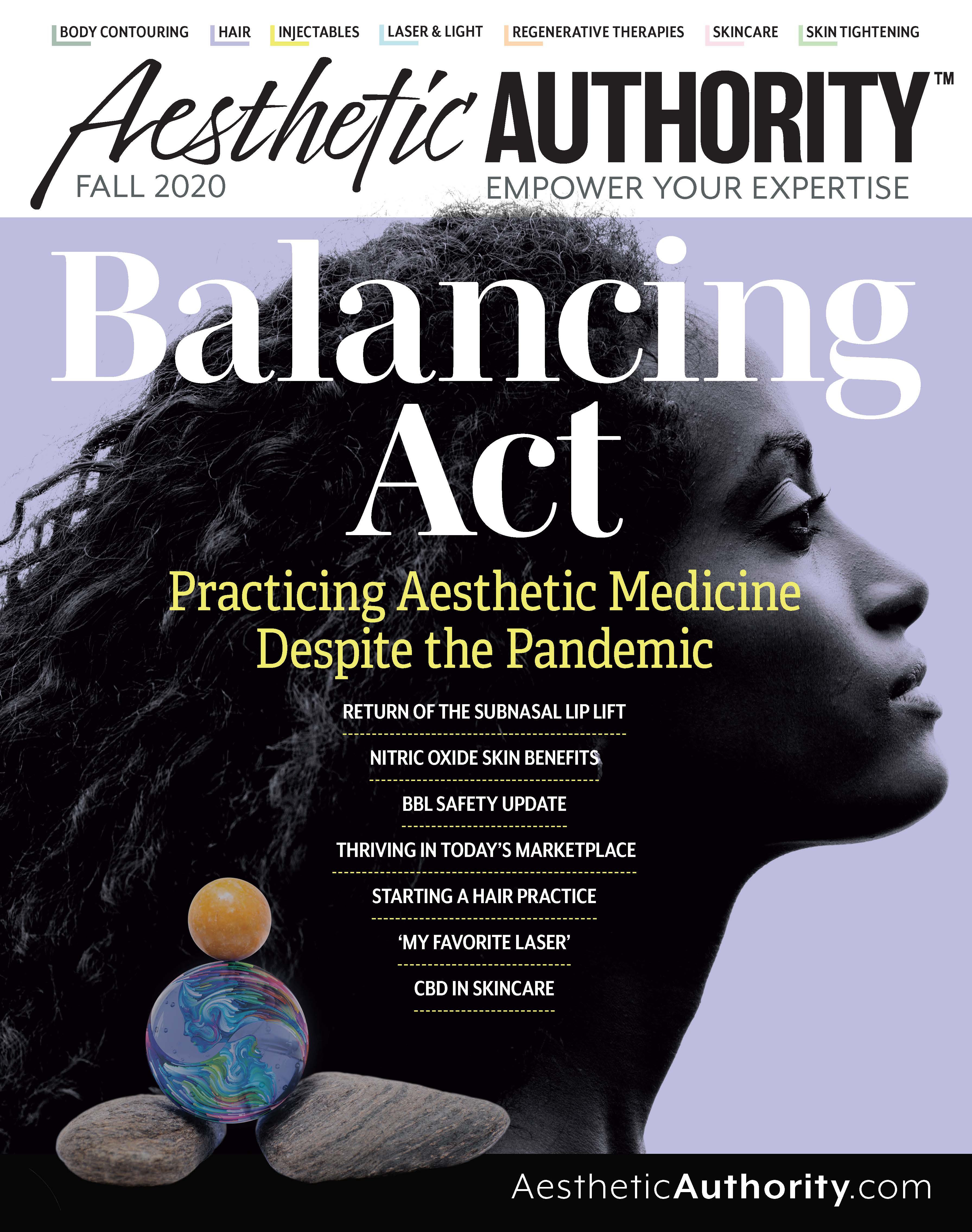- Case-Based Roundtable
- General Dermatology
- Eczema
- Chronic Hand Eczema
- Alopecia
- Aesthetics
- Vitiligo
- COVID-19
- Actinic Keratosis
- Precision Medicine and Biologics
- Rare Disease
- Wound Care
- Rosacea
- Psoriasis
- Psoriatic Arthritis
- Atopic Dermatitis
- Melasma
- NP and PA
- Skin Cancer
- Hidradenitis Suppurativa
- Drug Watch
- Pigmentary Disorders
- Acne
- Pediatric Dermatology
- Practice Management
- Prurigo Nodularis
- Buy-and-Bill
Publication
Article
Aesthetic Authority
Skincare Ingredients: What Does ‘Clean’ Mean?
Author(s):
Undefined and unregulated by the FDA, the term ‘clean’ isn’t enough to help patients select the best products for their skin.
With regard to skin, the word “clean” itself suggests clear skin, skin without flaw, perhaps it even connotes youth. Clean is also the opposite of dirty (and we know nobody wants “dirty” skin), and thus “clean” may offer subliminal appeal. Place it next to “skincare” or “beauty” and you’ve effectively captured consumer attention through the simple power of suggestion.
Clean Skincare
“Clean” generally refers to a widely accepted concept in the nutrition space, namely that of clean eating, or the ingestion of foods grown organically and/or lacking pesticides and other potentially harmful elements. Similarly, in skincare, it’s generally understood that “clean” products lack certain ingredients, some of which may be skin irritants. Others, for one reason or another, may be questionable in terms of safety and/or efficacy.
A Closer Look
Skincare products are considered cosmetics by the FDA; therefore, they’re unregulated. In terms of “clean” skincare, there is no one accepted definition.
In 2018 Sephora took advantage of the “clean,” “green,” and “organic” trend and launched its “clean beauty” seal, which labels products that do not have the ingredients the company says their consumers don’t want, namely those without sulfates, parabens, oxybenzone, coal tar, hydroquinone, triclosan, triclocarban, and 40 more—their own definition of “clean.” While triclosan and triclocarban were banned in 2018 by the FDA, parabens, sulfates, and coal tar are associated with a risk of skin irritation.
But, as dermatologist Zoe Draelos points out in a recent Dermatology Times column, parabens are not the bad guys popular media have made them out to be:
The most commonly used preservatives in cosmetics are parabens. The incidence of allergic and irritant contact dermatitis due to parabens is extremely low and they are highly effective at killing bacterial contaminants at low concentration.
Lately, many cosmetics contain labels that state they are paraben-free. I find this to be an interesting and clever marketing ploy. The cosmetics industry thrives on new products, new formulations, and new packaging. If you have nothing new to put into your product, you can make it appear new by eliminating an ingredient and replacing it with something else. This is exactly what is happening in the preservative realm.
Many products are eliminating paraben preservatives and replacing them with Kathon-CG, also known as methylchloroisothiazolinone. The Kathons are effective preservatives, but they do not have as clean a safety record as parabens. There is a much higher incidence of allergic contact dermatitis, so much so that this category of preservatives is only allowed in rinse off products in the EU, such as hair shampoos and conditioners. The claim “paraben-free” may actually mean the product is less safe.
(Notably, Sephora’s seal also has methylchloroisothiazolinone on its list of non-clean ingredients.)
Skincare brand DefenAge takes the definition of “clean” and expands it further. Not only are many of the so-called harmful and questionable ingredients not included in their product formulations, but they also exclude human- and animal-derived ingredients.
“Certain types of disease and infections can be transferred from animals to humans and from humans to humans. The refusal to use such sources (humans and animals) eliminates these risks,” says Nikolay Turovets, PhD, co-founder, CEO and Chief Scientific Officer of DefenAge Skincare.
Instead, DefenAge formulations use biotechnology-based methods. For example, their defensins molecules are manufactured by fusing individual amino acids into sequence to mimic a precise bio-copy of the human molecule.
“The use of such an advanced technology enables DefenAge to offer to consumers natural-type ingredients, while maintaining outstanding purity and highest possible safety of activities,” he tells Aesthetic Authority.






